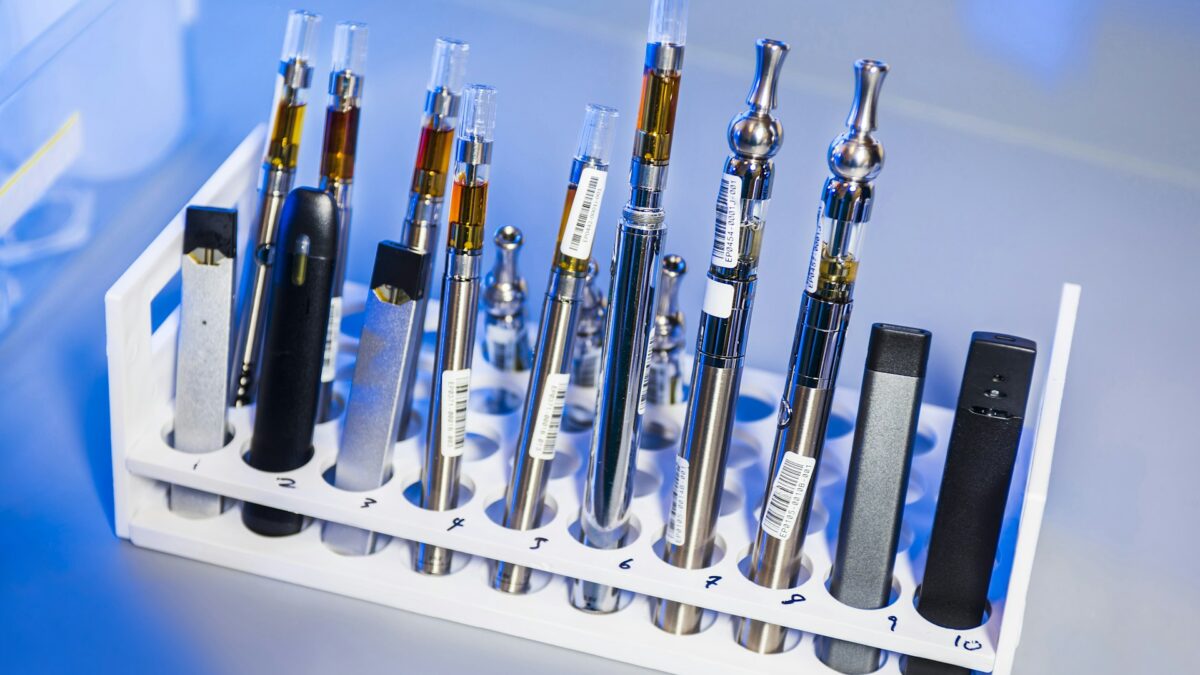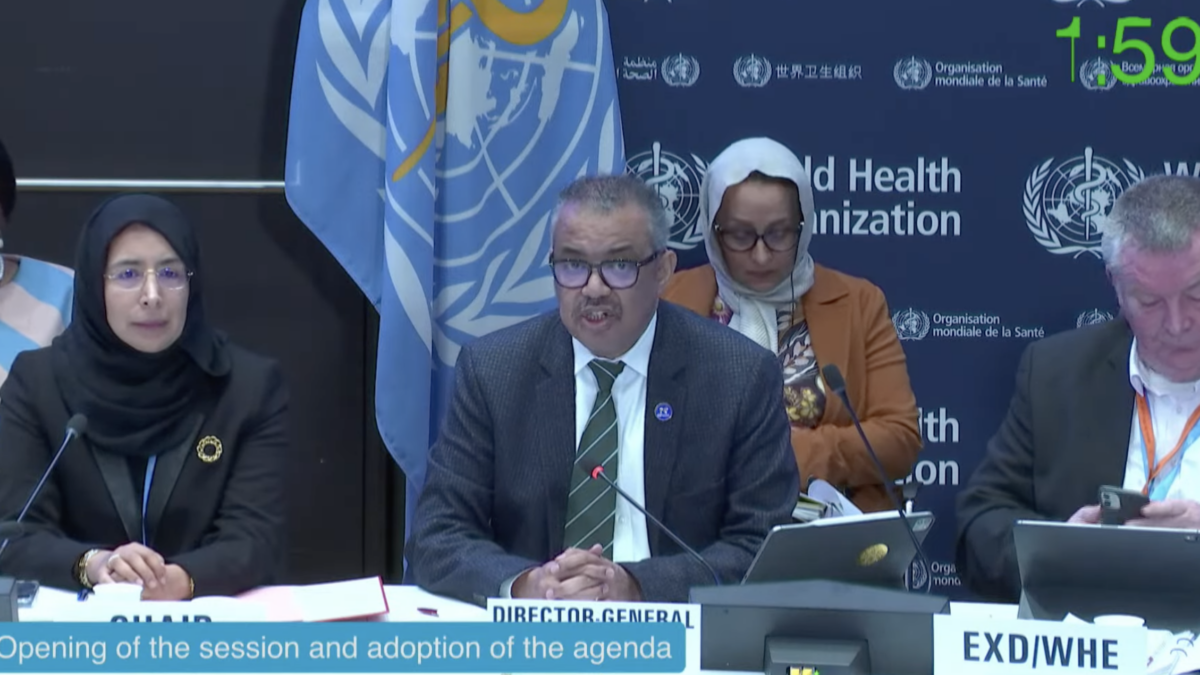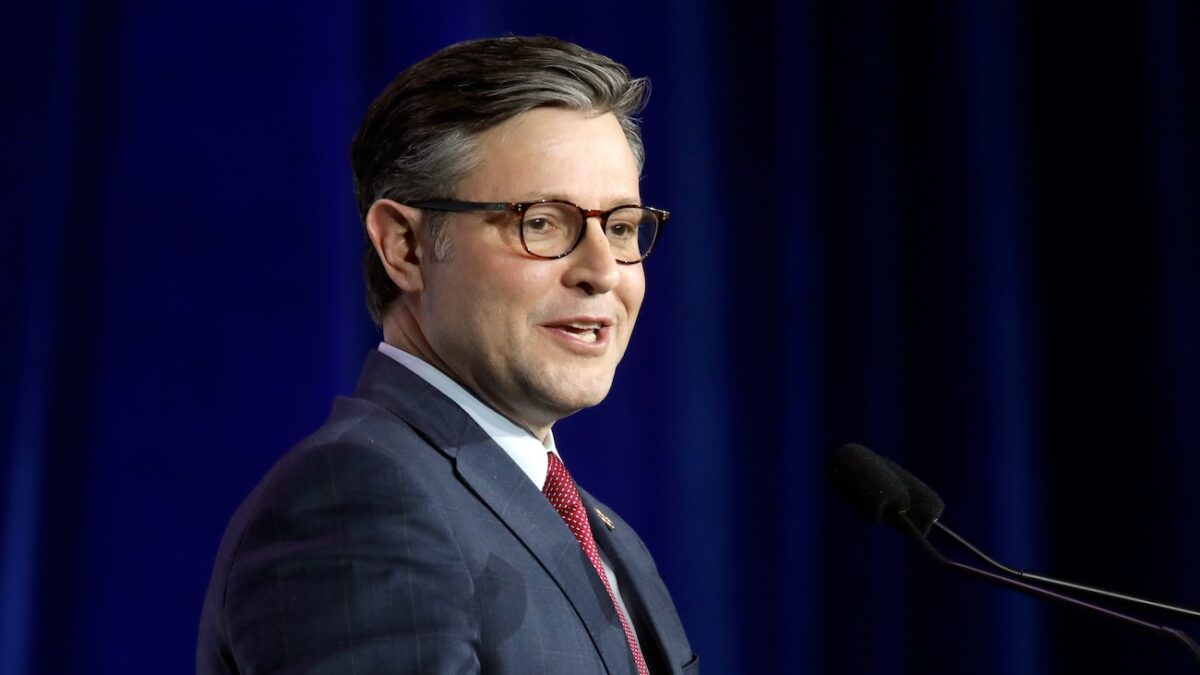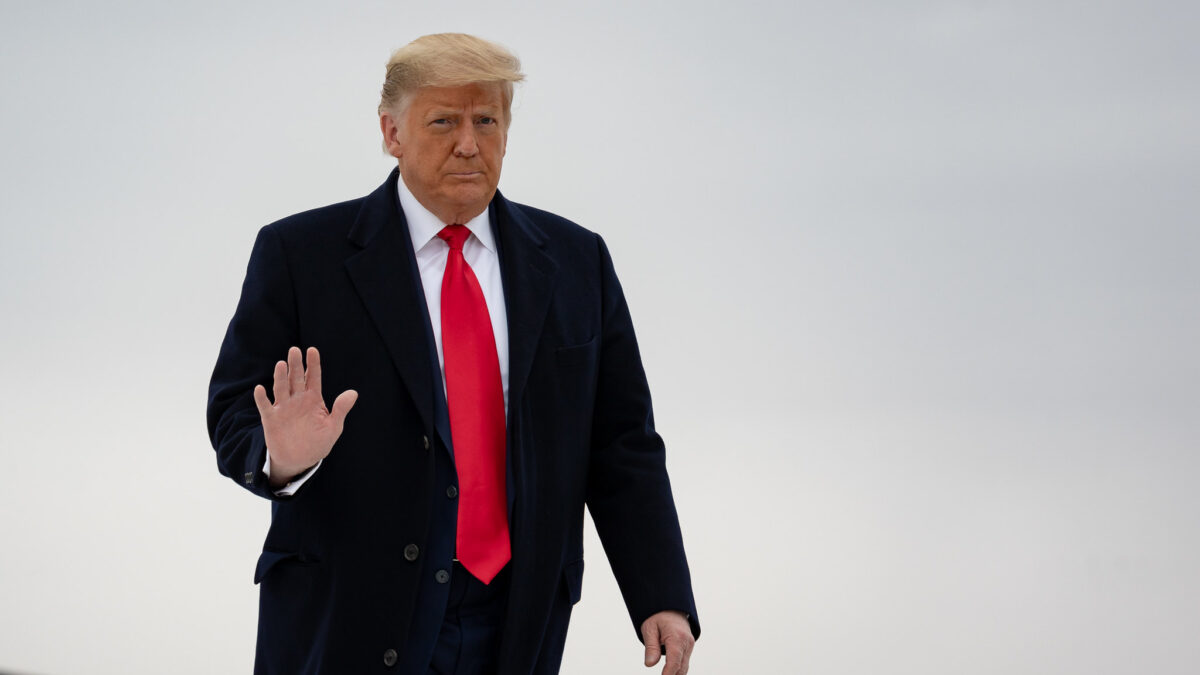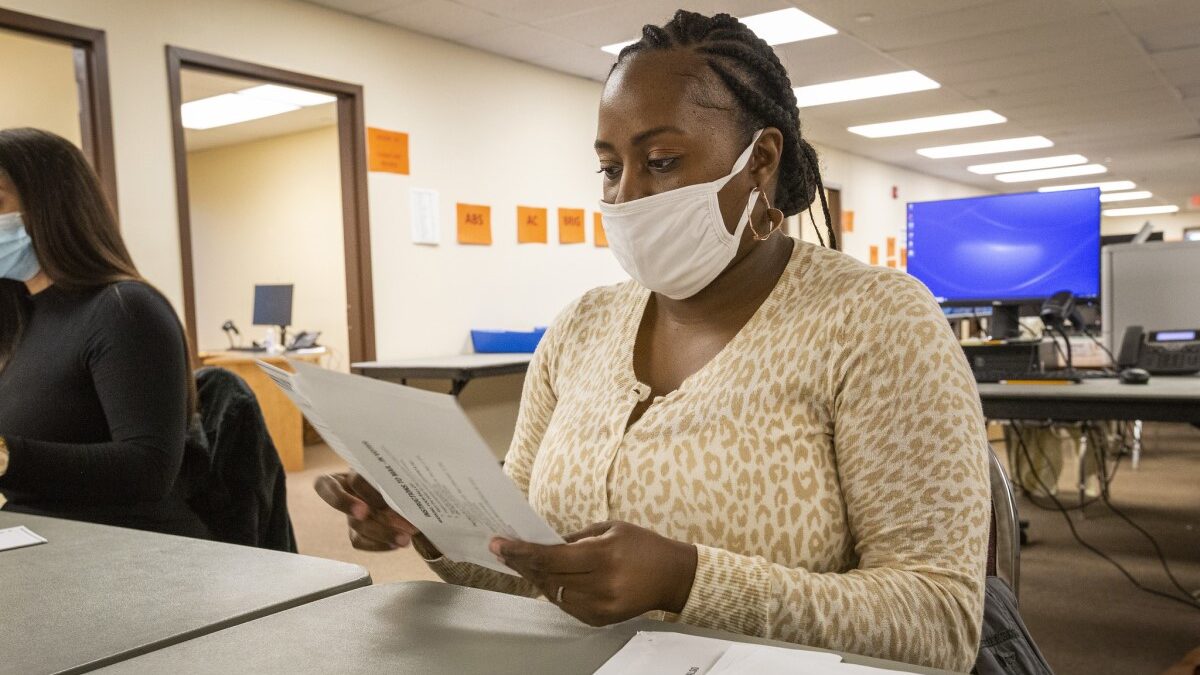The Centers for Disease Control and Prevention (CDC) and Food and Drug Administration (FDA) recently unveiled their proposed fiscal year (FY) 2025 budgets. Unsurprisingly, both agencies are requesting additional funding, through congressional appropriations and/or fees upon consumers, to address tobacco use — namely among youth.
The CDC and FDA are two of the worst agencies in the world when it comes to advancing the manufacturing of tobacco harm-reduction products. Even more appalling, they are the same agencies that, whether through inaction or campaigns, continue to drive misperceptions surrounding nicotine and the continuum of risk for various tobacco products, as well as driving forward prohibitionist policies that will lead to unintended consequences.
For FY 2025, the CDC is requesting $265 million for their ongoing tobacco control and prevention programs, which is $10 million in additional funding from FY 2023. The FDA, which is funded completely by user fees (currently applicable to only six classes of tobacco products), is requesting user fees be increased to account for inflation. The FDA is also expanding the product categories to collect user fees, including e-cigarettes.
Neither agency should be rewarded with additional funding while they fail at both informing the public of reduced-risk tobacco products and properly regulating the marketplace for adult access.
The CDC has waged a misinformation campaign against e-cigarettes under the guise of protecting children. It was a noble cause to address youth e-cigarette use several years ago, but it was after the U.S. surgeon general declared a youth vaping epidemic in December 2018 that youth use of e-cigarettes skyrocketed.
Youth vaping peaked in America in 2019 when 20 percent of middle and high school students reported currently using vapor products. This was a massive increase from 2018 when 12.9 percent of middle and high schoolers reported current e-cigarette use. Yet, since 2019, youth vaping has significantly declined. In 2020, only 13.1 percent of U.S. students were vaping. Even better, in 2023, only 7.7 percent of students were vaping. This represents a 40 percent decline from 2018 when the surgeon general first declared a vaping epidemic, and a massive 61.5 percent decrease from the year youth vaping peaked.
Interestingly, it was the FDA that first launched the “epidemic” campaign in September 2018. This came after the agency conducted ad copy testing and found the wording was effective at conveying the messaging to youth.
According to the FDA, the “scientific facts in the ‘epidemic’ campaign” include exaggerated falsehoods on debunked myths related to vaping. For example, the FDA mentions that vaping can “expose … lungs to diacetyl,” as well as releasing “dangerous chemicals into [one’s] bloodstream, like formaldehyde.”
These untruths have long been debunked. Of e-cigarette studies that found amplified harms associated with chemicals like diacetyl and formaldehyde, researchers overheated devices to unusable conditions that would never exist with real-world usage. Moreover, all studies fail to mention that cigarettes contain excessive amounts of the same chemicals but have not been linked to conditions purportedly caused by chemicals in vaping products.
After launching the youth vaping epidemic campaign, the FDA has continued to fail the millions of American adults who smoke and may be unable or unwilling to quit using traditional FDA-approved cessation methods. To date, the FDA has authorized the sale of only 23 e-cigarette products, while denying the applications of more than 26 million products used by American adults.
The failure of both agencies is apparent in the CDC’s budget request. According to the CDC, the agency failed to meet its targets for reducing both the number of cigarettes smoked and the number of adults smoking. However, it did exceed its targets for youth tobacco use.
Yet both agencies remained committed to addressing dwindling youth tobacco use. According to the FDA’s budget request, the agency will continue to “address high rates among youth” and will “prioritize e-cigarette media campaigns tailored for youth.” The CDC plans on continuing its “nicotine addiction” digital and social media ads targeted to the less than 10 percent of youth who were using e-cigarettes in 2023.
It should be noted that both the FDA and CDC are backing proposals that would actually decrease funding to the agency, including the proposed federal ban on menthol cigarettes, which was expected to be finalized in March. Evidence from existing state menthol bans, including California and Massachusetts, demonstrates that the prohibition has not significantly reduced demand, but increased costs associated with enforcement. Allowing agencies such as the FDA to ask for funding from safer alternatives to cigarettes, while essentially eliminating their funding but not demand for cigarettes, is counterproductive.
Recently, the FDA was tasked by its own oversight body to “address the calls for communication about the relative risk of tobacco products.” It’s a campaign the agency first announced seven years ago, when former FDA Commissioner Scott Gottlieb declared the agency was “envisioning a world … where adults who still need or want nicotine can get it from alternative and less harmful sources.” Yet only 16 products have received modified risk tobacco product orders from that same agency — two of which are combustible cigarettes that offer reduced levels of nicotine.
Rather than sourcing additional funding through taxpayers and gouging the adults who use tobacco products, policymakers should examine the roles both the CDC and FDA are playing in reducing smoking rates among adults. Youth cigarette use is at levels far below the so-called vaping epidemic, and adults are increasingly using products the FDA has declared illicit, while both agencies will increase the illicit market by banning certain tobacco products. It’s time for the U.S. to embrace the commercialization of tobacco harm reduction — not reward failing regulatory bodies with additional funding.
